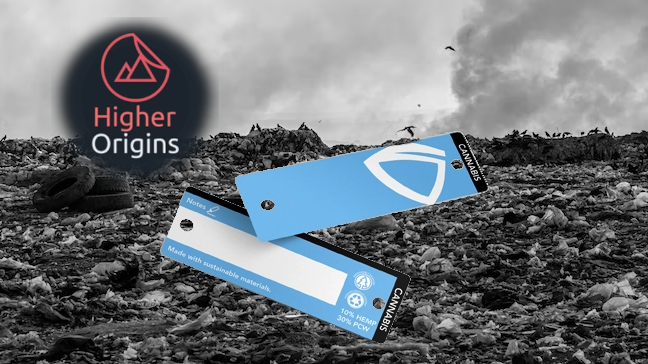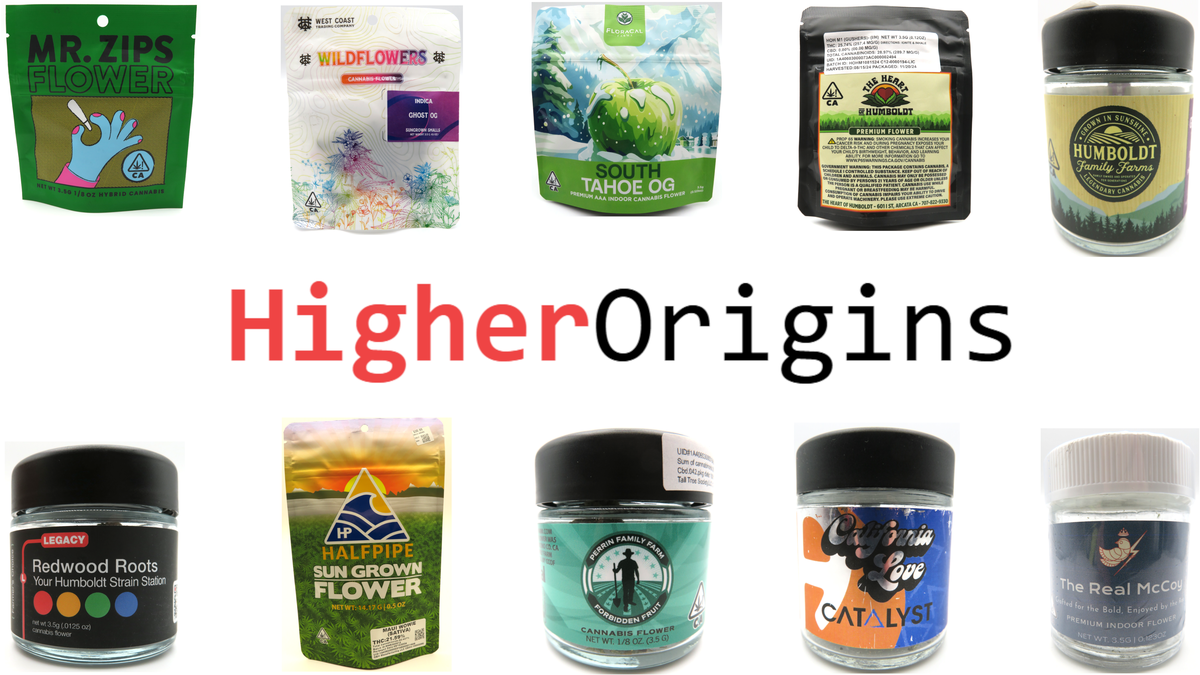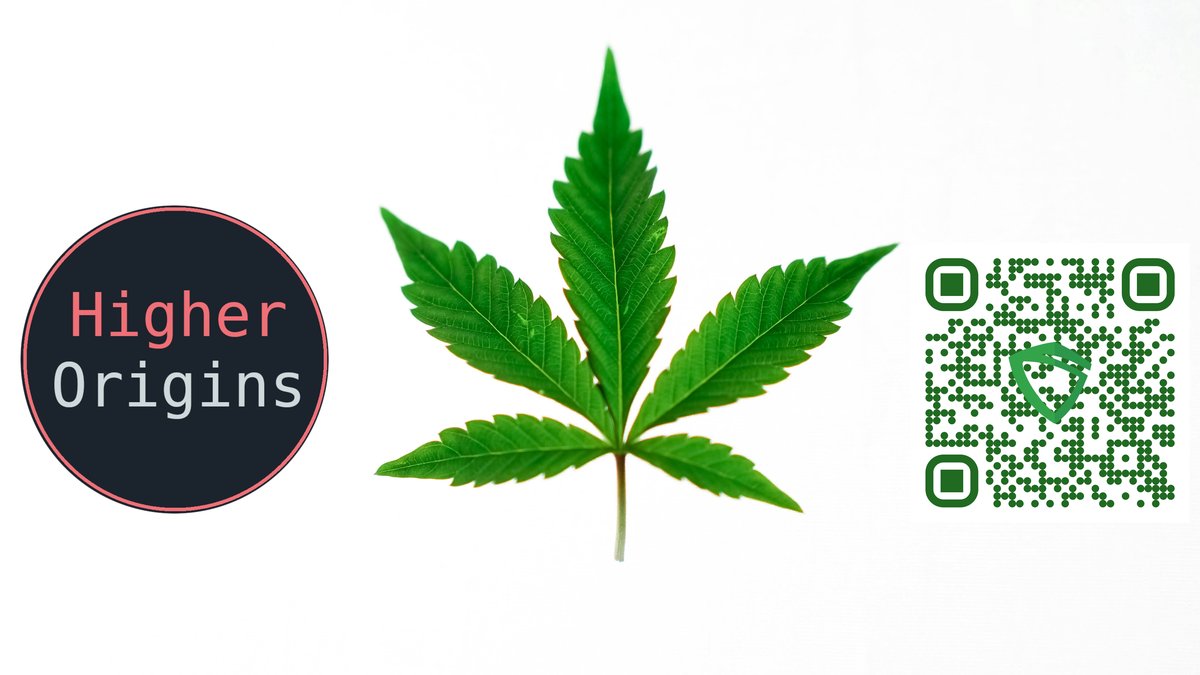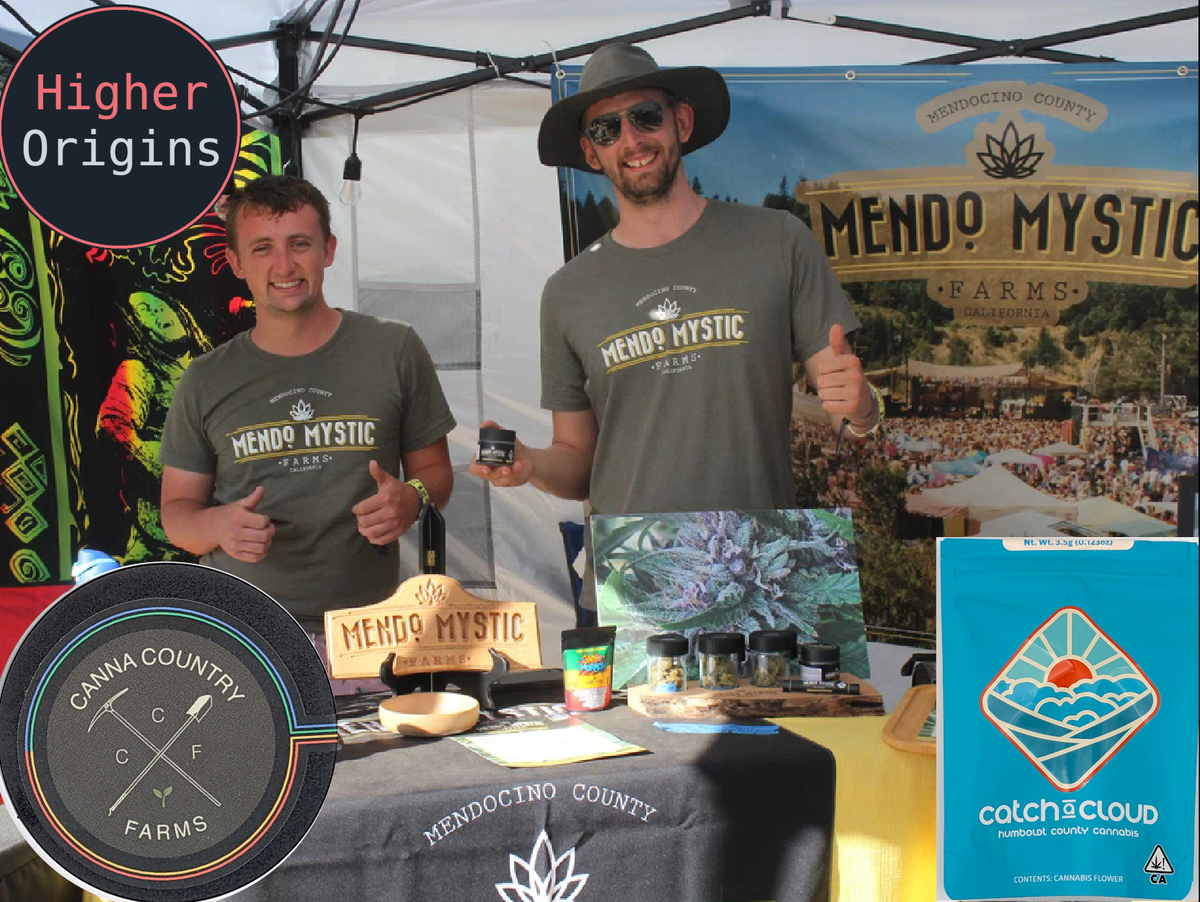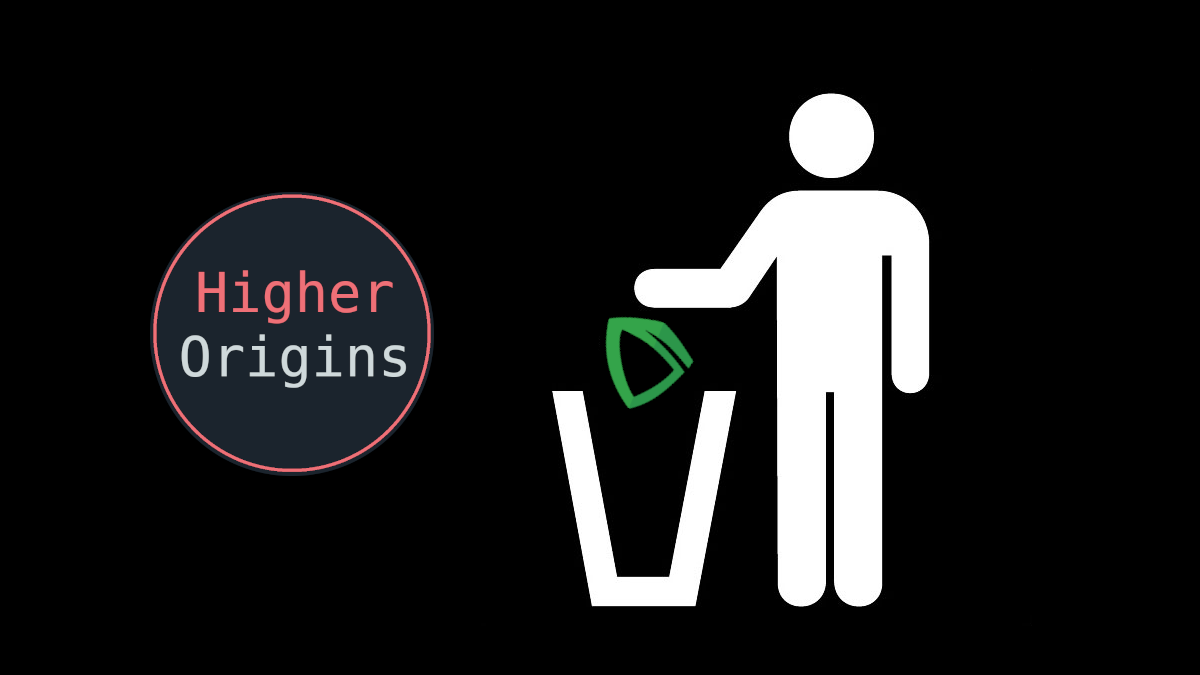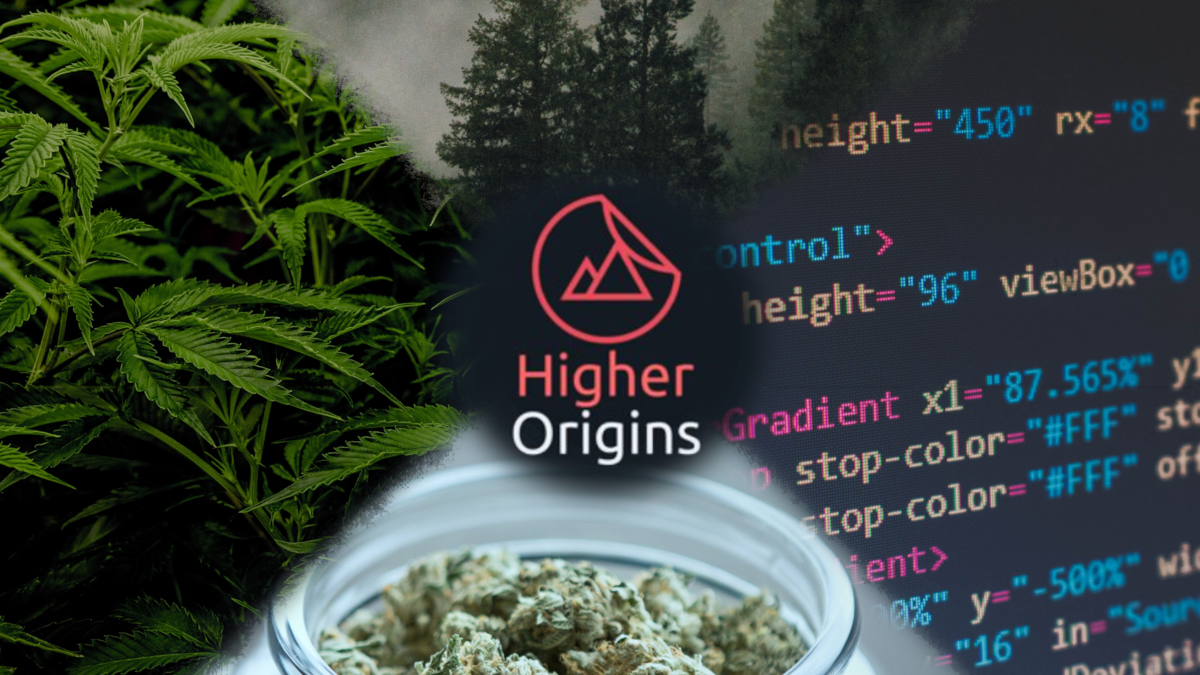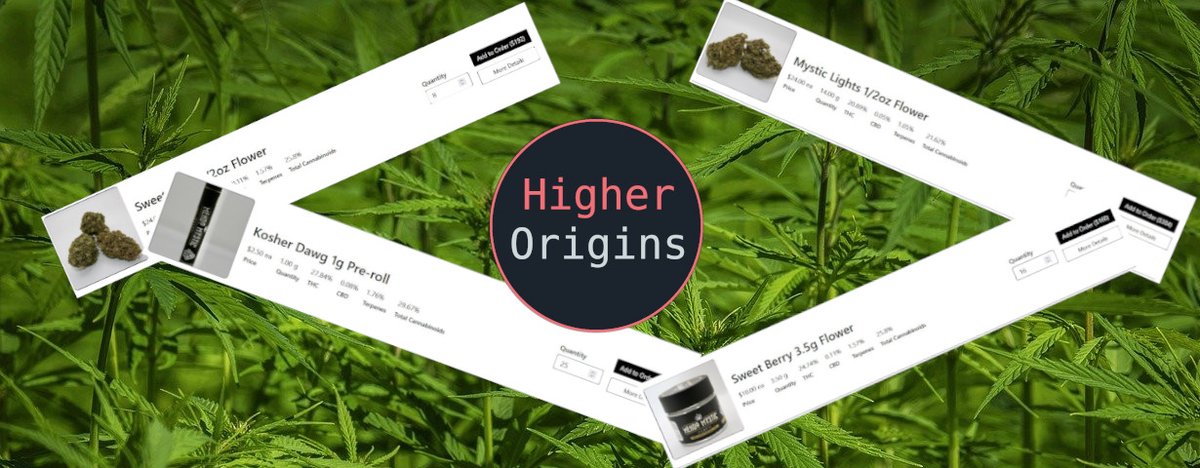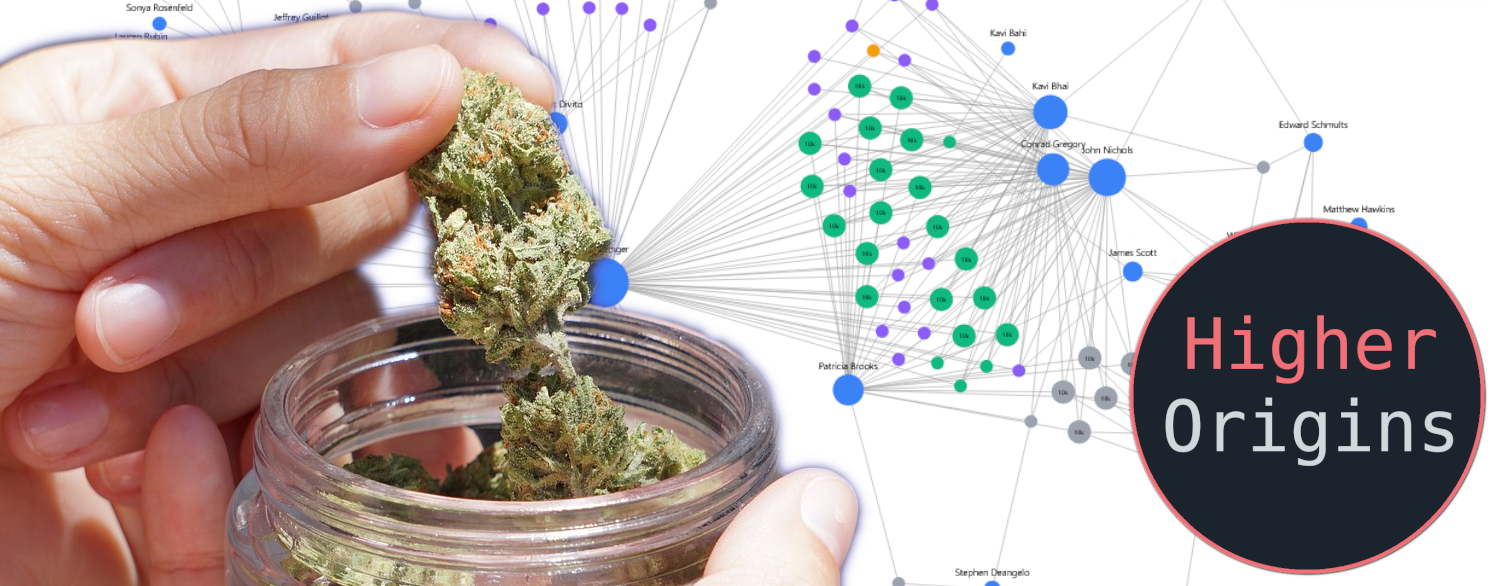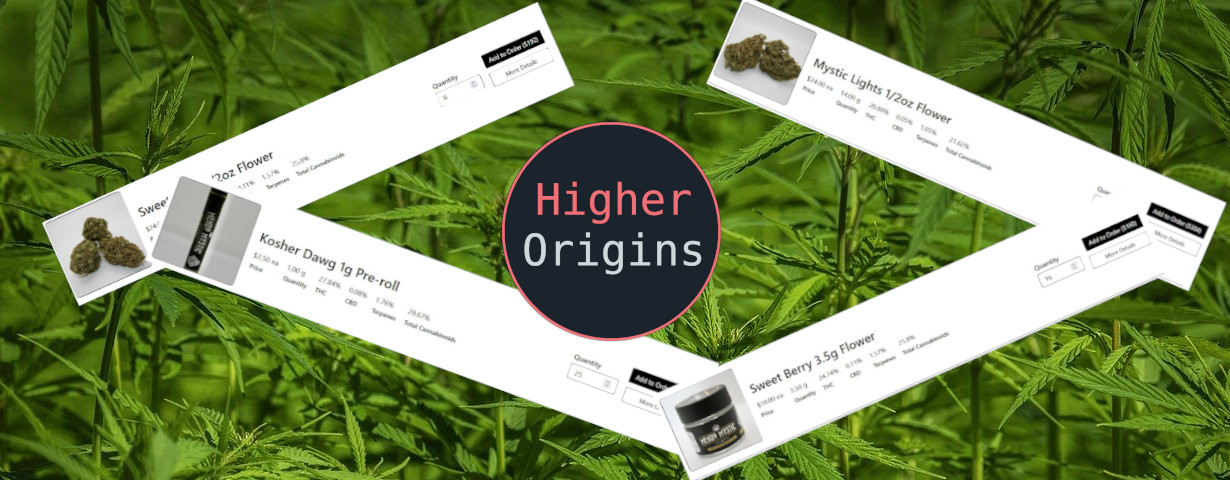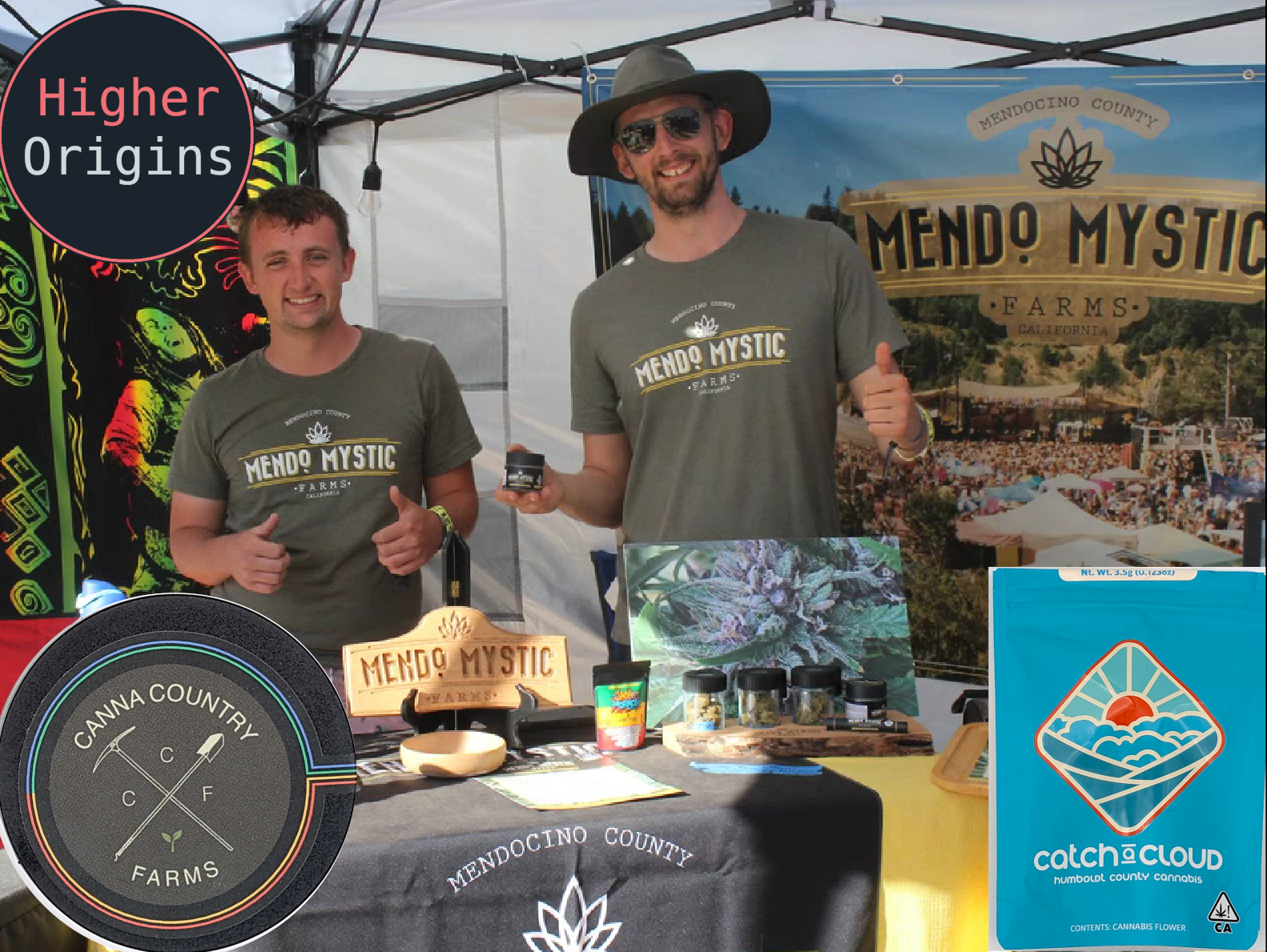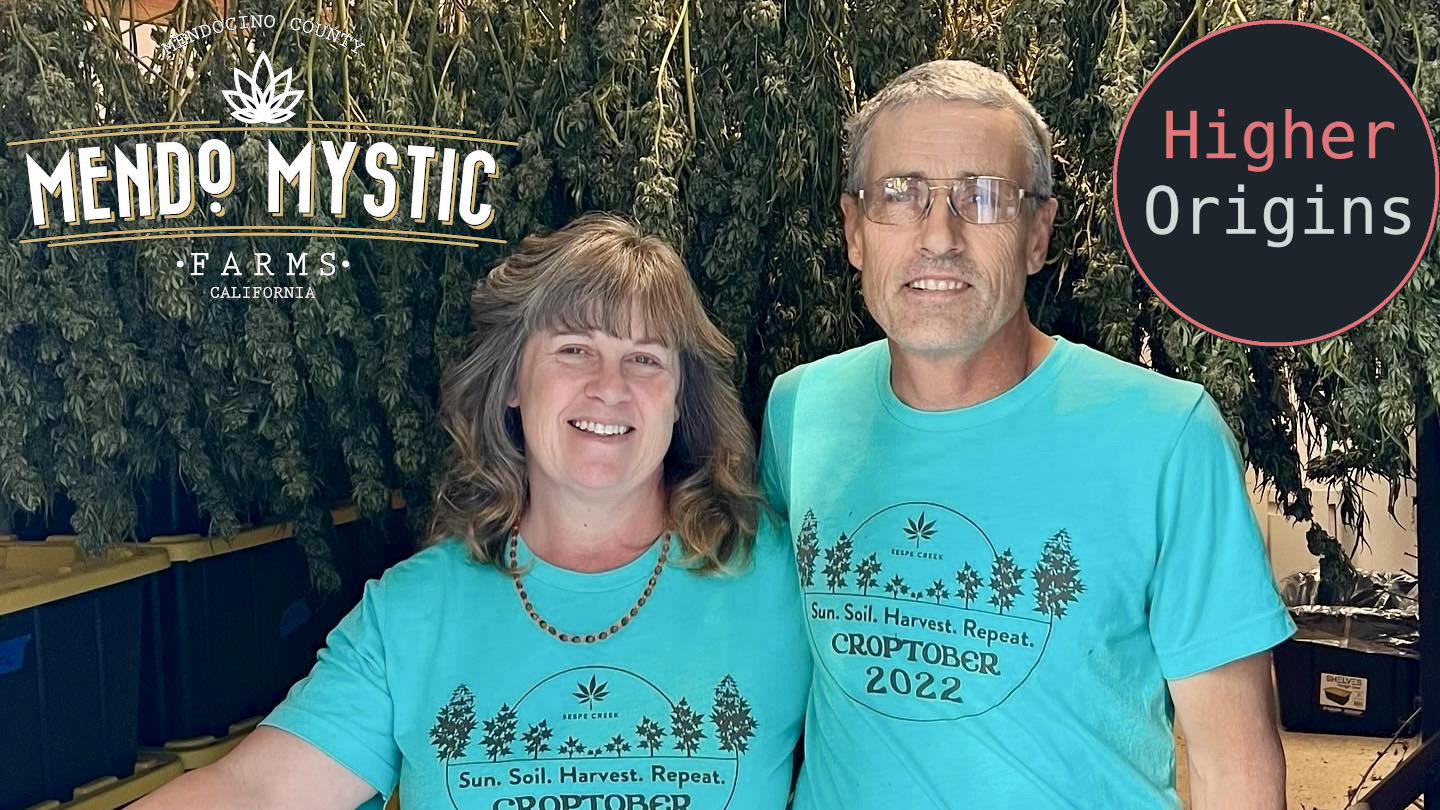With METRC’s announcement that they are releasing environmentally friendly plant tags, we decided to take a look at what purpose these tags actually serve in the California cannabis industry.
Above: a screenshot from a public interaction between the author and a METRC representative on Linkedin.
"The new tags do contain the RFID inlay as this technology offers greater readability and scanning benefits versus barcodes for both our industry and our state agency partners. While the RFID inlay component remains unchanged today, our commitment extends to pushing durable and sustainable paper and RFID technology as far as it will go. Our new tags, (which use 1/3rd less material than current tags) are both durable for cultivator use as well as friendlier to the environment. These more sustainable tags contain 30% post-consumer waste, 10% hemp and 60% responsibly sourced virgin paper. Using recycled materials instead of new resources significantly reduces energy consumption, carbon emissions, waste in landfills, and water usage. We are confident that new breakthroughs in RFID technology and compositions will allow us to continue to improve on the sustainability of our tags in the future"- METRC
As it turns out, these tags are next to useless for the majority of users, and their mandate should be seriously questioned.
METRC’s tag system in California works as follows:
Immature plants are labeled in lots of 100 max, with each lot having its own tag, available for free from METRC.
Once plants mature (grow pistil clusters larger than ½ inch wide), each must be given an individual tag.
When the cannabis is harvested, these plants are each weighed individually, with the harvest weights being attributed to the tag for that plant.
Once the harvested flower is dried it is put into a package with a new tag. A package can contain cannabis from many plants of the same variety regardless of their grow location on the farm.
Continuing along the supply chain, these tagged packages are traced through recorded transfers from farm, to distro, to manufacturer, and finally to retail.
This tracking system is intended to guarantee that cannabis can be traced back to its source for recall in the event of a health and safety concern with a product.
All tags need to be entered into the METRC software. The tags contain barcodes and wireless RFID antennas so they can be read with a variety of equipment. When state auditors are inspecting a farm, they use an RFID scanner gun that can read a large number of tags at once. This gun allows the auditor to quickly record all tags in an area and compare them with METRC records for auditing purposes. METRC audits supposedly allow state inspectors to ensure that farms are maintaining compliance with the regulations, and to issue warnings and fines to those out of compliance.
Now let’s look at the reality of the situation. An auditor with a scanner gun can see all the tags at a location, and compare them to the record for what that farm is supposed to have. Likewise, they can look at the plants in the farm to see that they are individually tagged as required. What does this prove? This proves that plants are tagged, and the right tags are there. What this DOESN’T prove is anything beyond that.
Once all the plants are harvested and weighed, they go into packages, where any number of plants from harvest batches can be mixed together. At this point, there is no way to tell which plant in the harvest batch produced which bud in the package. The most in-depth information you can tell about any given bud in that package is when it was harvested, what strain it is, and when it was packaged. Therefore…
AFTER HARVESTING, INDIVIDUAL PLANTS ARE IRRELEVANT.
If this is the case, why bother going to the effort to tag the plants in the first place? Wouldn’t much more general recording like farm grow section, row, or hoop be more appropriate? As far as we can tell, the only arguable reason for per-plant tags is to count the number of plants in a facility (assuming they are tagged correctly).
There are only two licenses that actually have a stated limit on the number of plants, all other licenses are simply limited by square footage.
Specialty Cottage Outdoor: Up to 25 mature plants
Specialty Outdoor: Up to 50 mature plants OR up to 5000 Sq Ft of canopy.
So, for these specific licenses, there is an argument that auditing plants by individual tags makes sense as a fast way for the auditor to check compliance- if a Specialty Outdoor has 51 tags on mature plants, and are operating under the plant count rule rather than the square footage limit, they’re not compliant. These two licenses that have actual plant limits only make up 3.6% (290 out of 7963 licenses) of the legal market as of this article. If counting plants is one of the only use cases of these tags, why does everyone have to do it, not just the miniscule number of licenses that have actual numerical limits? In actuality, that percentage is even lower, since 255 of that 290 are Specialty Outdoor licenses, which have an option between 50 plants, or 5000 square feet of cultivation. Economically, there is very limited incentive for a grower to grow only 50 plants when they have the option of the 100+ they can fit into a 5k canopy. By our estimation, no more than 20% of those 255 licenses are using the 50 plant maximum option (which shrinks the already small percentage of the market to an irrelevant 1.1%).
It feels like plant tags are simply a way for regulators to tell the difference between legal & illegal plants. If a farm jumps through these hoops, any tagged cannabis on the farm should be magically legal in the eyes of regulators, with the opposite being true as well. It would also be reasonable to assume that regulators keep an eye on tag amounts as well in comparison to license size- a 5000 sq ft license with 25,000 mature tagged plants registered would certainly raise red flags since you can’t realistically fit that many plants in a farm that size. Of course, regulators would only be able to see that in METRC data if the noncompliant farmer actually entered those tags into the system, something a rule breaking farmer would not likely do.
Alice and Bob
As a way to explain the weaknesses of the tag program, we will tell a classic story of two farmers. Both operate 5000 sq foot legal farms in California. Alice studiously follows every rule but Bob clearly doesn’t worry about them.
Alice starts her season with packaged clones from a nursery, which she separates out into properly tagged lots. As soon as she finds her first plant with large pistils, she carefully tags each plant and immediately enters the tags into METRC. This takes a few extra hours in the garden, and an evening impatiently waiting for the software to work, but she wants to remain compliant so she deals with it. After a decent season, she selects her batches and starts harvesting, carefully weighing each plant individually and recording the weights by tag number. After drying, she bags her harvest, carefully tags the packages, and enters everything into METRC. During the season, she never got audited, despite warnings that she might be. After harvest, she asks around her local cannabis contacts and finds out that only about 5% of them got audited. She’s able to pass her lab tests, and gets her pounds to market through a manufacturer who jars them and moves them to retail- with every transfer carefully recorded, of course!
Bob starts the season a bit differently. He’s been keeping some clones going, and uses those to start his crop. He plants them, and they’re already pretty big by the time his friend who does his METRC for him (Bob can’t be bothered) tells him he needs to record some immature plant lots and tag his mature plants. Bob grumbles but sends over some loose notes which his friend tweaks a bit to look better and puts into METRC. Despite his friend’s reminder, Bob’s METRC tags are still sitting on the roll on his desk, while his 120 maturing plants are already in the ground- plus 15 or so extra ones in yard bags in the back of the garden. Bob figures that he’s probably not going to get audited, and the extra 10 grand he’ll probably make from selling his extra 15 plants worth of bud to his friend in Texas will pay off his truck. After all, back in the day when he was growing illegally, he never got raided since the cops simply didn’t have the manpower to bother coming out to his farm deep in the countryside. Legalization has been a shitshow so far, he figures, and there are definitely fewer auditors out there than there are cops.
Harvest season is nearly here, and Bob’s feeling good. One afternoon, his phone rings. It’s the county cannabis authority, and he’s getting audited, in fact, the auditor should be arriving tomorrow morning by 9am! Trying not to panic, Bob calls his METRC friend, who rushes over, and they spend the whole night furiously scribbling tags and sticking them on plants. Bob bargains with his neighbor and is able to borrow his forklift to move the 15 extra plants next door where the auditor can’t see them. The next day, despite not having slept, Bob passes his tag audit, even though the auditor scolds him on the general disarray of his operation.
At harvest, Bob does it the easy way: throws everything in bins and weighs it, then divides his wet weight by the number of plants and fudges those averages a bit here and there. He dries both his legal and illegal crops together, and some of it probably gets mixed up in processing. His cured pounds get bagged loosely, and he doesn’t bother to label the packages until his METRC friend reminds him he needs compliant packages to be able to transfer. He passes his lab tests and manages to find a manufacturer- the same one Alice used, to get his pounds jarred and off to retail. Additionally, he clears a solid 10 grand from his Texas deal, thanks to some extra weight he pulled from his legal plants to add to the shipment. Overall, it’s been a good year.
In the Final Analysis...
The spirit of the regulations is to be able to track back to the source of any health and safety problems found in cannabis products. For example, if people smoke some of Alice or Bob’s product and get sick, the DCC wants to be able to issue a recall of all associated products from their farms. At the farm level, these issues are usually biological or chemical toxins present in the plants. Packages are already tested through certified laboratories for these toxins before they get to consumers. Assuming Alice and Bob used a sketchy lab that missed the toxins, and the issue was traced back to the farm, no toxin would be able to be traced back to an original plant due to the mixing of cannabis at packaging.
In Bob’s case, toxins could have come from his illegal plants, but there would be no way to know that. Even in Alice’s best case, obsessively compliant operation, investigators would only be able to determine the area that the harvest batch supposedly came from. This is good enough to isolate the toxic crop, considering that the toxins in cannabis aren’t present in a plant by plant basis in general farming practices. Plants are grown close together so infections and chemicals generally spread through the entire crop via application, infection, and deposition. If one plant is toxic enough to cause a problem, odds are all the plants in the general vicinity are as well. Having a tag on each plant makes no difference for quality control of the cannabis supply chain, whether you’re a compliance conscious Alice or a rule breaking Bob.
Ultimately, the mandate of METRC tags on individual plants has really no practical value to the industry. So far the only real reason for their existence is “Because that’s how METRC does it, and they won the California State contract”.
This is why we can’t be excited about the new “eco friendly” tags. Marginal improvement in the quality of a completely needless corporate scam is not an ecological benefit- the only justifiable ecological win here would be complete abolition of the METRC tag system.
